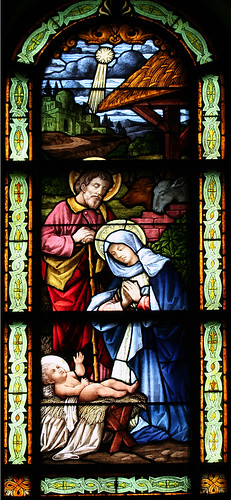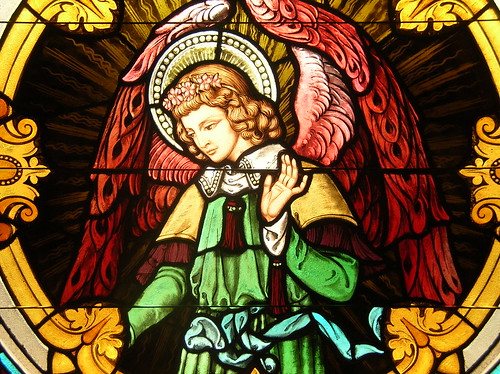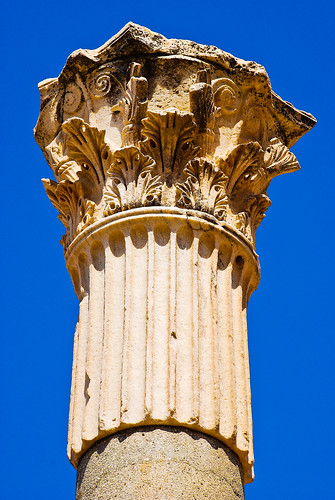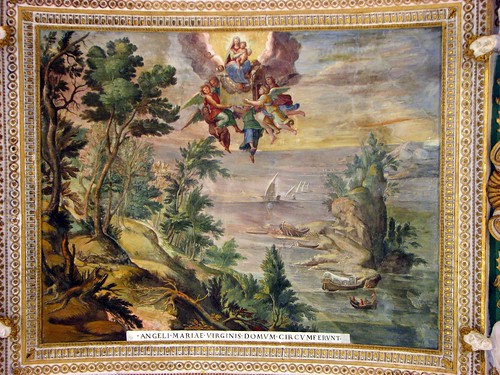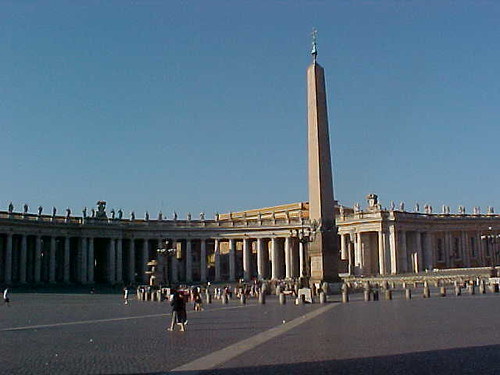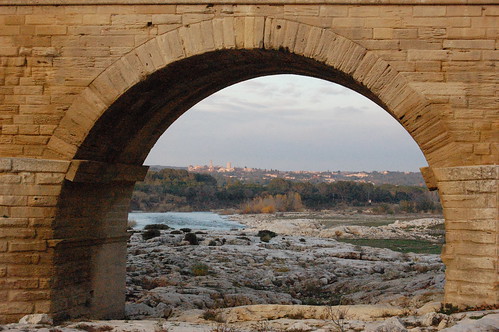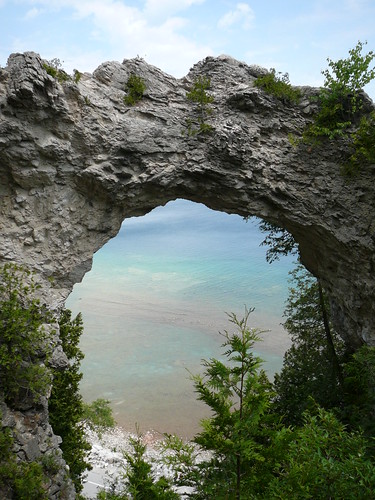Monday, December 31, 2007
Sunday, December 23, 2007
Saturday, December 22, 2007
Thursday, December 20, 2007
Stained Glass Window from the Nativity Chapel
at the Shrine of the Most Blessed Sacrament in Hanceville, Alabama
Tuesday, December 18, 2007
Monday, December 17, 2007
Saturday, December 15, 2007
The Parthenon - Doric Columns
The way I learned it (on a Rick Steves' program) - you can remember the chronological order of Doric, Ionic and Corinthian styles according to the number of syllables. The earlier ones are the simplest and the later ones more intricate. I'll try to find examples of the other two over the next few days.
Read more about the Doric, Ionic and Corinthian orders here.
Friday, December 14, 2007
Wednesday, December 12, 2007
Unfinished Obelisk
This is an interesting story we recently heard about on NOVA's Secrets of Lost Empires: Obelisk. It looks like the builders were attempting to make an obelisk about three times the size of any that have ever been found. It didn't work.
You can read more about this obelisk here.
Monday, December 10, 2007
The Feast of Our Lady of Loretto
...the holy house of Nazareth — site of the birth of the Mother of God, of Her early education and of the Annunciation by the Angel Gabriel of the wondrous news of the Incarnation of the Son of God — had been found, transported miraculously, near Tersatz in Dalmatia (Yugoslavia) on May 10th of the year 1291. Between Tersatz and nearby Fiume, the residents of the region beheld one morning an edifice, in a location where never had any been seen before. After the residents of the region talked among themselves of the remarkable little house surmounted by a bell tower, and which stood without foundations on the bare ground, describing its altar, an ancient statue of Our Lady, and other religious objects which their wondering eyes had seen within it, another surprise came to astound them once more.
More information here
Minnesota Mom has a lovely photo of the house along with additional links.
Alice has a fun idea of making a candy cottage to commemorate this feast day.
Sunday, December 9, 2007
Obelisk from St. Peter's Square
The obelisk in St. Peter's Square originally stood in Nero's circus (where St. Peter was crucified) and it is inscribed with Latin letters, not hieroglyphics. It was brought to Rome from Egypt by Caligula in 40 AD. It was buried in obscurity for many centuries until Pope Sixtus V had it raised at its present site - requiring the work of 907 men, 75 horses and 40 winches.
(source: Saint Peter and the Vatican: The Legacy of the Popes Art Services International)
Thursday, December 6, 2007
Architecture tidbit from the Pope's New Encyclical
In the arrangement of Christian sacred buildings, which were intended to make visible the historic and cosmic breadth of faith in Christ, it became customary to depict the Lord returning as a king - the symbol of hope - at the east end; while the west wall normally portrayed the Last Judgement as a symbol of our responsibility for our lives - a scene which followed and accompanied the faithful as they went out to resume their daily routine. (Pope Benedict XVI, Spe Salvi, 41)
Arch from the Pont du Gard Roman Aqueduct (France)
According to the caption (click-through for the original) - "The Pont du Gard was built without mortar - the stones are just really well fitted." Wow.
More details here

